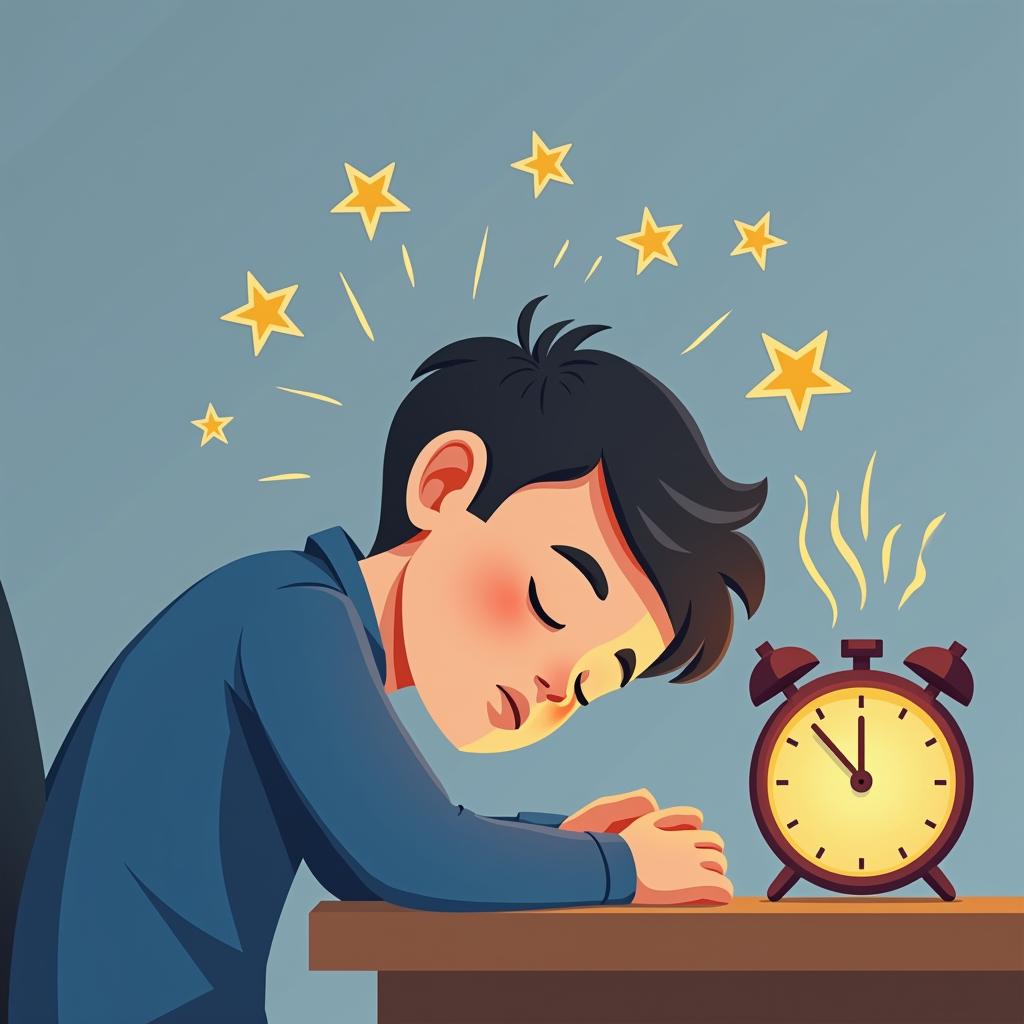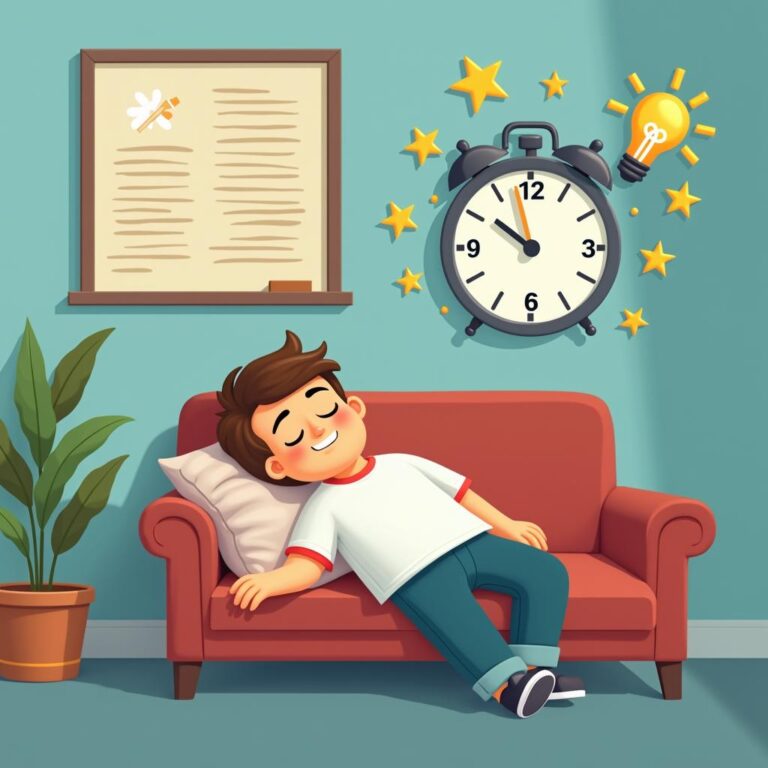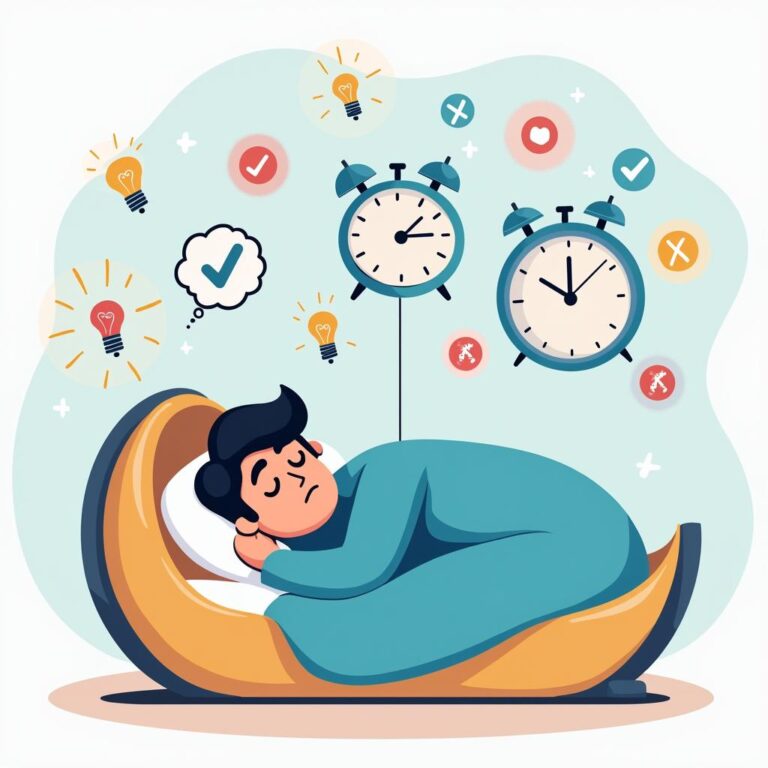In our fast-paced world, maintaining focus can often feel like an uphill battle. One solution that has gained popularity for its effectiveness is power napping. Power naps, usually lasting between 10 to 30 minutes, can serve as a quick energy booster and a way to enhance mental clarity. In this article, we’ll explore essential power napping tips to improve focus and how you can integrate them into your daily routine for maximum benefit.
What is a Power Nap?
A power nap is a short sleep that lasts generally around 15 to 30 minutes. This brief period allows your body to experience a variety of sleep stages without entering the deeper stages of sleep, which can result in grogginess if you wake up from them. The primary goal of a power nap is to refresh your mind, improve alertness, and enhance overall cognitive function.
The Science Behind Power Naps
Research indicates that short naps can significantly enhance cognitive performance, particularly in the areas of attention, reaction time, and memory. When we experience sleep deprivation, our cognitive function declines, making it more challenging to focus. A quick power nap helps to offset this decline by promoting the uptake of neurotransmitters essential for attention and memory consolidation.
Power Napping Tips to Improve Focus
1. Determine Your Ideal Nap Duration
One of the most critical elements of a successful power nap is determining the right duration for you. Although 20 minutes is often recommended for optimal energy restoration, some people may benefit from slightly longer or shorter naps. Experiment with nap lengths of 10, 20, and 30 minutes to find your sweet spot.
2. Choose the Right Time of Day
The timing of your power naps can significantly affect their productivity. Early afternoon, typically between 1 PM and 3 PM, is often considered the best window for a power nap. This is when your energy levels naturally dip, making it easier for you to fall asleep and achieve better rest.
3. Create a Comfortable Environment
To maximize the benefits of your power nap, it’s essential to create a conducive napping environment. Aim for a quiet, dark place where you can relax without distractions. If you’re in a public space, consider using noise-canceling headphones or an eye mask to block out disturbances.
4. Set an Alarm
To prevent oversleeping, setting an alarm is crucial. A power nap should not exceed 30 minutes, as longer naps can lead you to enter deeper stages of sleep, resulting in sleep inertia and grogginess upon awakening. Use your phone or a timer to ensure you wake up feeling refreshed.
5. Incorporate Deep Breathing Techniques
Before falling asleep, take a few deep breaths to relax your body and mind. Deep breathing helps reduce stress and anxiety, making it easier to connect with that peaceful state needed to benefit from a quick nap. Focus on breathing in slowly through your nose and out through your mouth to help you unwind.
6. Monitor Caffeine and Food Intake
Be mindful of your caffeine intake before a nap. Consuming coffee or other caffeinated beverages too close to nap time can hinder your ability to fall asleep quickly. Likewise, avoid heavy meals right before your power nap, as they can lead to discomfort and prevent you from achieving restful sleep.
7. Embrace Consistency
Like other healthy habits, incorporating power naps into your daily routine will yield the best results over time. Try to nap at the same time every day. This consistency helps regulate your body’s internal clock, making it easier for you to fall asleep during your designated nap time and improving focus over time.
8. Combine Naps with Light Physical Activity
Before you head into your power nap, consider engaging in light physical activity such as stretching or a brisk walk. Moving your body increases blood circulation and oxygen flow to the brain, helping you feel more awake and alert before napping. This way, when you wake up, you can jump right back into your tasks with renewed energy.
9. Keep a Nap Journal
To understand what works best for you, create a nap journal where you can jot down details about your power naps: how long they lasted, how you felt before and after, and the time of day you napped. This will help you fine-tune your approach and discover patterns that correlate with improved focus and productivity.
10. Use Technology to Your Advantage
Consider downloading nap apps that help monitor sleep patterns or even provide soothing sounds to help you drift off. Many apps feature White Noise or Nature Sounds, which can help drown out distracting noises and promote a more restful napping experience.
Benefits of Power Naps for Focus
Implementing power napping into your daily routine comes with a plethora of benefits, particularly concerning mental focus. Here’s how these short naps can enhance your cognitive abilities:
- Increased Alertness: Power naps help you feel more awake and alert, counteracting sleepiness and fatigue.
- Enhanced Memory Retention: Studies show that napping improves memory function, aiding the retention of new information.
- Improved Creativity: Taking a break can help your brain organize thoughts and inspire creative solutions to problems.
- Reduced Stress Levels: Relaxing during a power nap can significantly lower stress and anxiety, contributing to better overall focus.
Conclusion
Incorporating power naps into your daily workflow can provide substantial boosts to your focus and mental clarity. By following these power napping tips, you will maximize the benefits of this simple yet effective practice, ultimately leading to improved productivity and a refreshed mind. Remember, the key is to experiment and find what works best for you, ensuring that your power naps become an invaluable tool in your quest for enhanced focus and performance.







